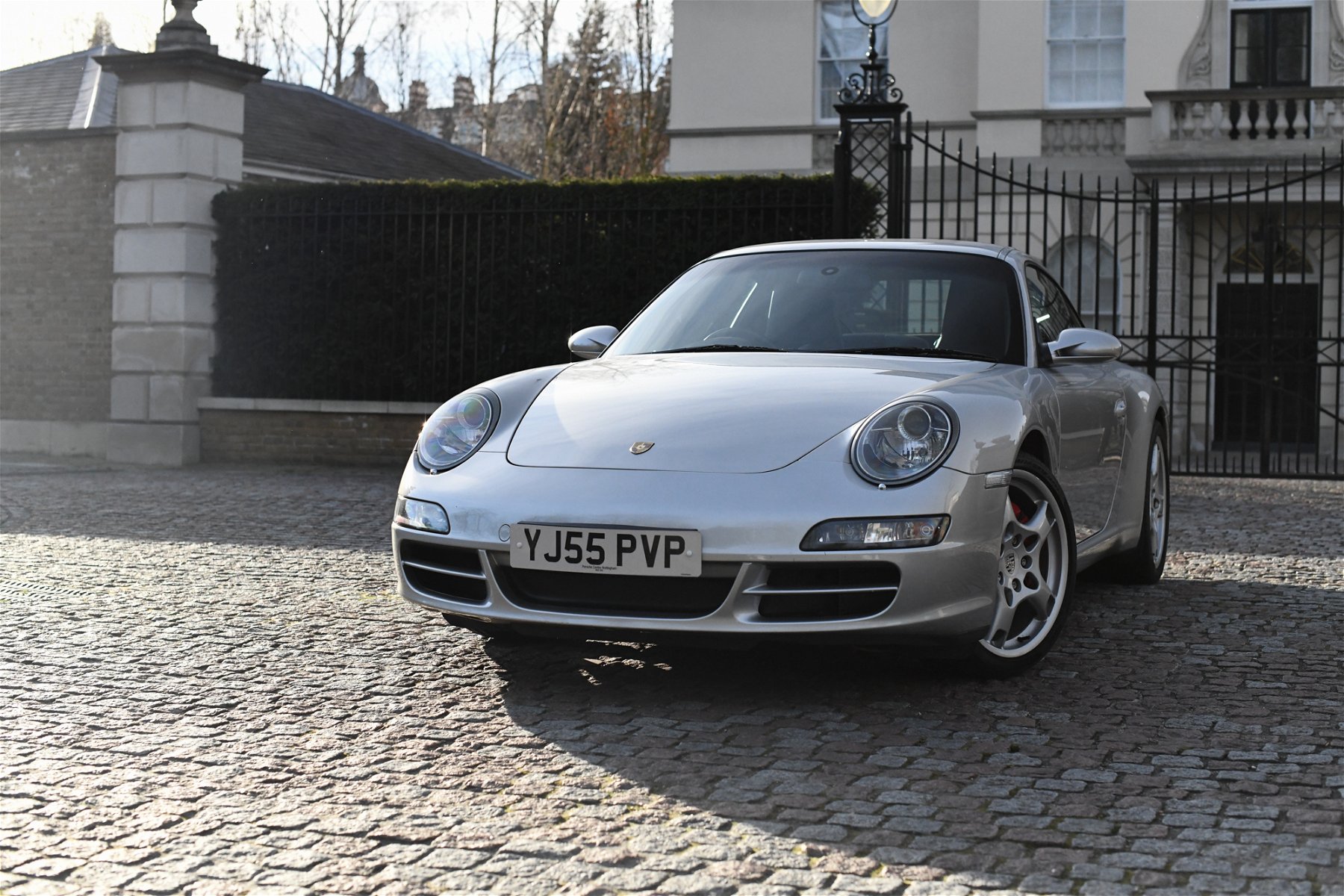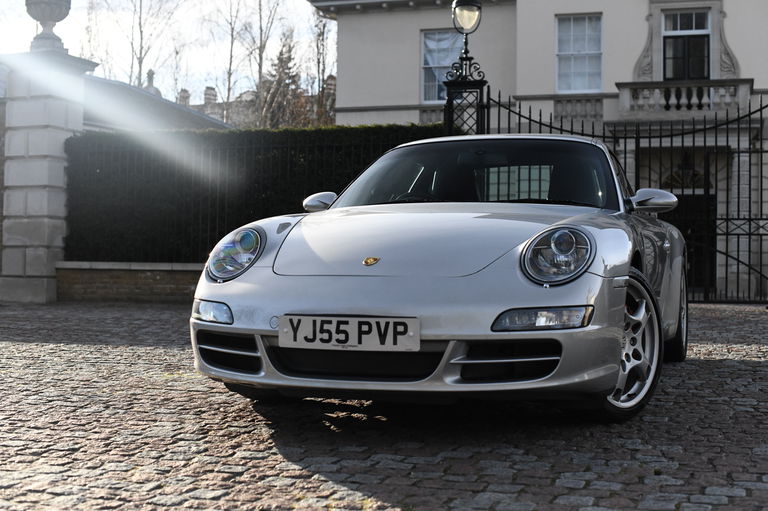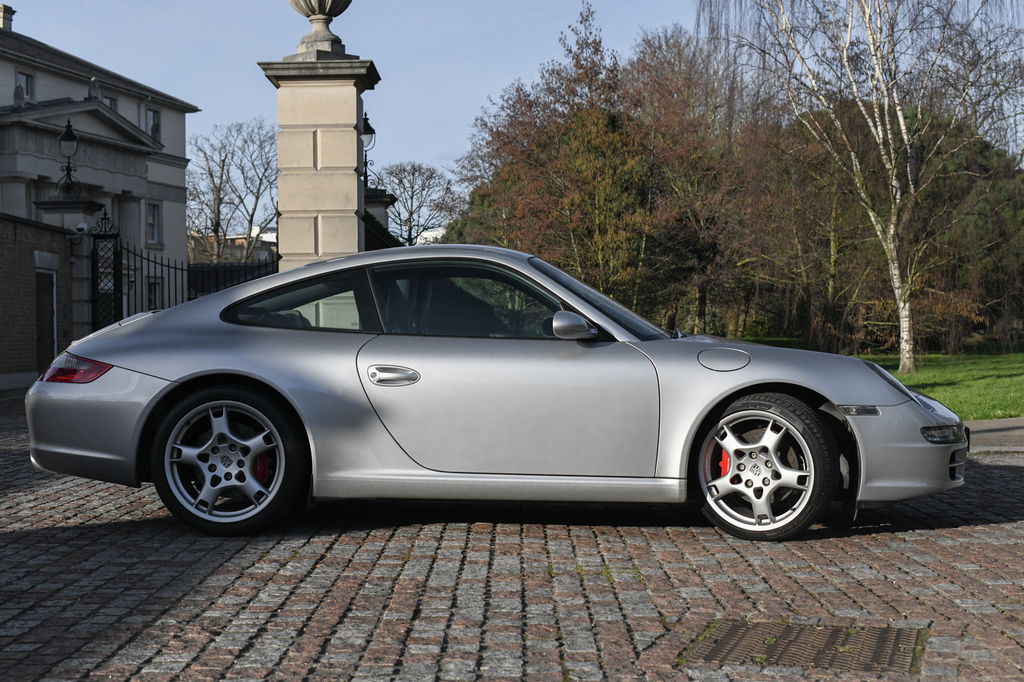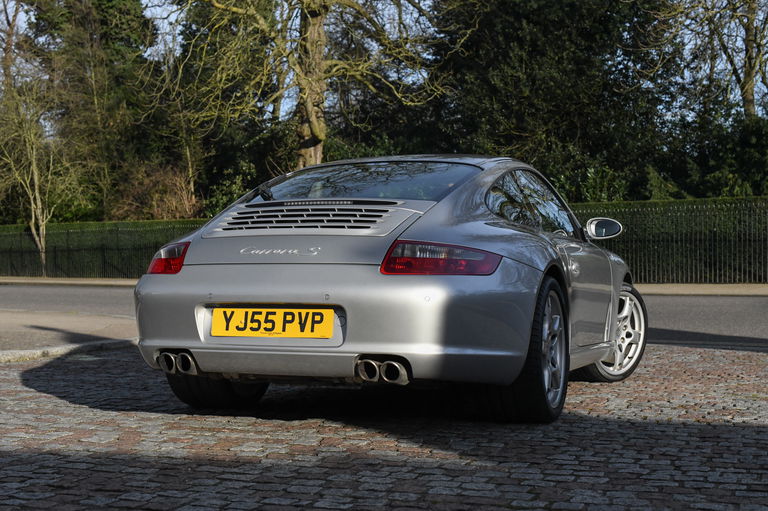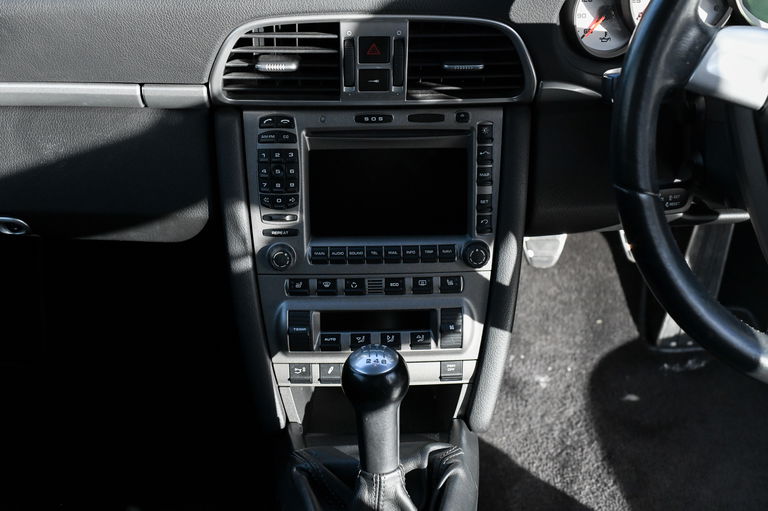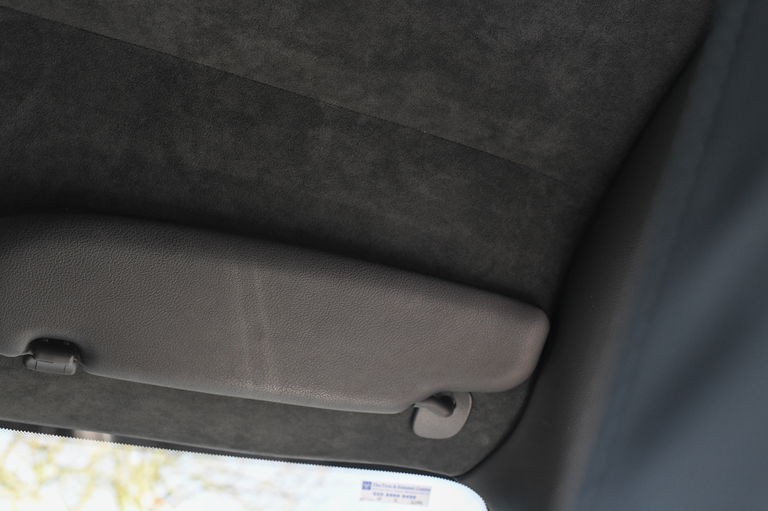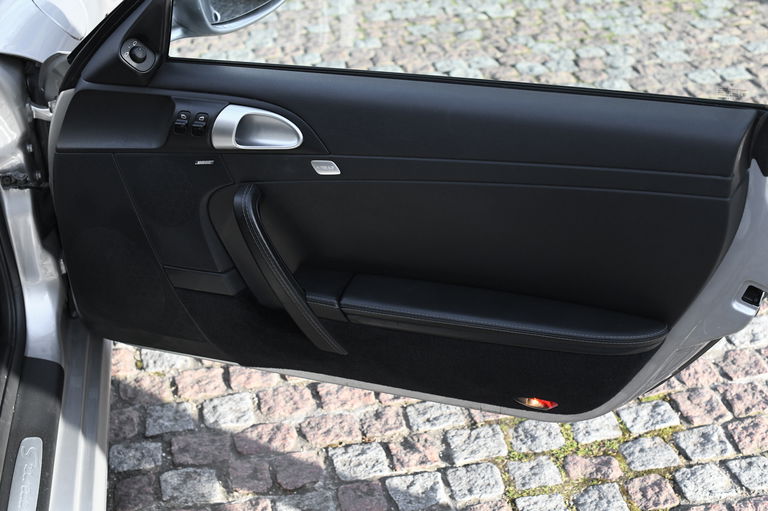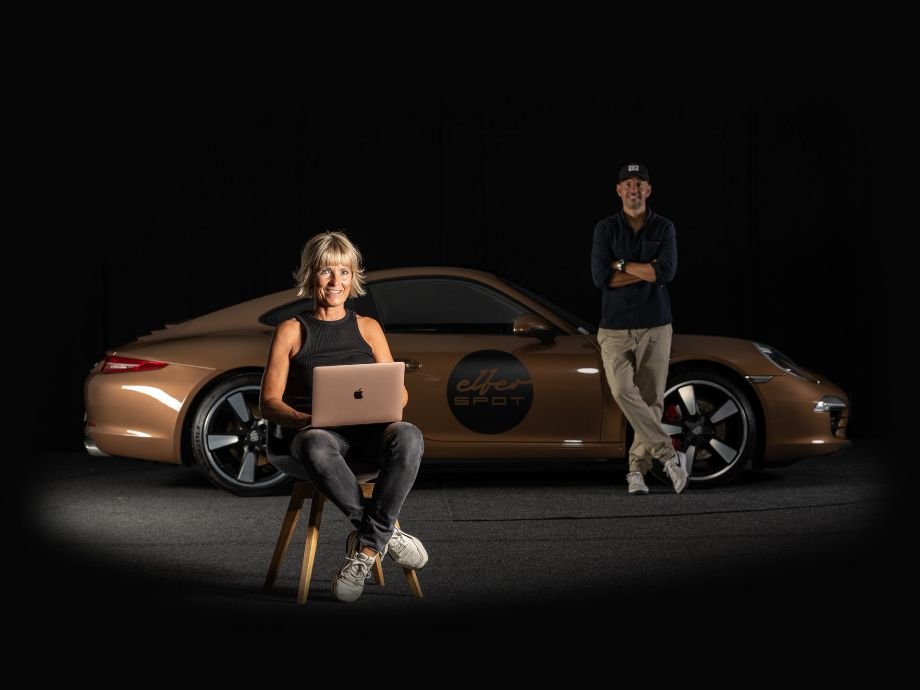The 997 generation’s biggest updates were the interior and exterior styling, most notably the return to the “bug eye” round highlights of the 911 and 993 generations. The slightly widened body and larger 18” wheels gave the 997s a more aggressive stance, and they all benefited from slightly increased power. Inside, the design was similarly reminiscent of the pre-996 generation design. The return to traditional styling makes the 997 generation feel like an homage to the iconic and prolific original 911s, yet the futuristic and modern technology and engineering make it a car firmly rooted in the present. The 997 is truly the best of both worlds, a modern car in a subtly classic body, an eye on the past but a nod to the future.
In what was quite possibly an automotive design first, the development of the 997 generation was actually led by the cabriolet rather than the coupe. Despite being unprecedented, this was actually a far more logical way to work. Cabriolets present a unique set of problems so working on these first would mean the benefits would trickle down to the coupe. For example, because cabriolets don’t have a fixed roof, they struggle with chassis stiffness. Fixing this issue made the coupes more rigid as well, which in turn improved performance.
Continue reading
